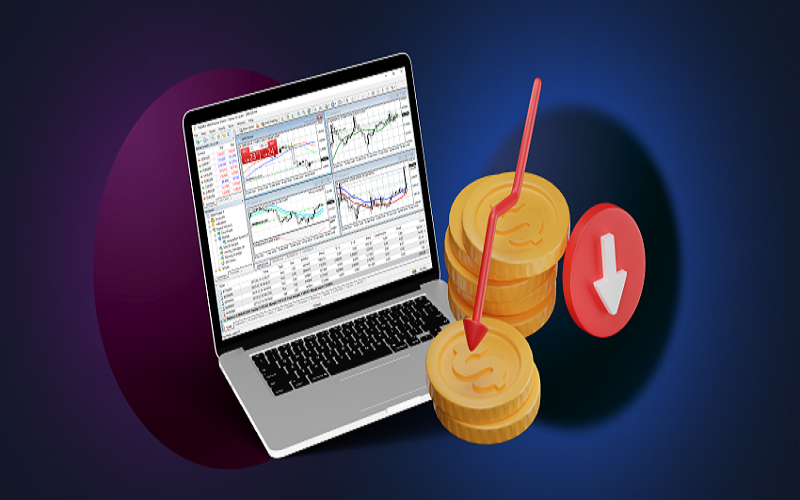In the fast-paced world of Forex CFD trading, managing risk is paramount. While this can offer significant profit opportunities, it also exposes traders to various risks. Effective risk management is not just a precaution; it is a critical component for long-term success in Forex trading. This article aims to provide actionable insights into risk management strategies specifically tailored for Forex CFD trading. We will explore the nature of the risks involved, establish a framework for managing these risks, delve into key techniques, and discuss the tools and psychological aspects essential for effective risk management.
Understanding Forex CFD Risk
Forex CFD trading, by its very nature, involves multiple risk factors. To navigate these waters effectively, it is crucial to understand the different types of risks involved. Market risk is perhaps the most prominent. It refers to the potential for financial loss due to fluctuations in currency prices. The Forex market is notoriously volatile, influenced by a myriad of factors including economic data, geopolitical events, and market sentiment. This volatility can lead to rapid and unpredictable price movements, making it essential to anticipate and manage these fluctuations to avoid substantial losses.
Leverage risk is another critical factor. CFDs allow traders to use leverage, which means they can control a large position with a relatively small amount of capital. While this can amplify profits, it equally magnifies losses. Traders must be cautious with leverage, as a small adverse price movement can lead to significant financial consequences.
Counterparty risk is associated with the potential failure of the broker or financial institution facilitating the CFD trade. This risk, although less visible, can have severe implications if the broker defaults or faces financial difficulties. For those involved in UAE forex trading, understanding these risks and their potential impact on trading performance is crucial for developing effective risk management strategies. Unmanaged risks can lead to significant financial losses and undermine trading success.
Setting Up a Risk Management Strategy
A well-defined risk management strategy is essential for navigating the complexities of Forex CFD trading. It begins with understanding and setting personal risk tolerance. Risk tolerance refers to the amount of risk an individual is willing and able to take on. This varies from trader to trader, influenced by factors such as trading experience, financial situation, and overall investment goals. Assessing personal risk tolerance involves evaluating how much volatility and potential loss one can endure without adversely affecting their financial stability or emotional well-being.
Once risk tolerance is established, setting risk limits becomes crucial. This involves defining the percentage of the account balance that can be risked on a single trade. For instance, a common rule is to risk no more than 1-2% of the account balance per trade. Additionally, setting maximum daily or weekly loss limits can help prevent significant losses and protect the trading account from severe drawdowns.
Key Risk Management Techniques
Several techniques can help manage risk effectively in Forex CFD trading. One of the most fundamental techniques is using stop-loss orders. A stop-loss order is designed to automatically close a position when the market price reaches a predetermined level. This helps limit potential losses by ensuring that a trade does not result in an unacceptable level of loss. There are different types of stop-loss orders, including fixed stop-loss and trailing stop-loss. Fixed stop-loss orders remain at a constant level, while trailing stop-loss orders move with the market price, locking in profits as the price moves favourably.
Employing take-profit orders is another essential technique. Take-profit orders are designed to automatically close a position when the market price reaches a certain level of profit. Setting appropriate take-profit levels helps secure gains and ensures that profits are realised before the market reverses. The placement of take-profit orders should be based on technical analysis, market conditions, and the overall trading strategy.
Tools and Resources for Risk Management
Several tools and resources can aid in effective risk management. Risk management software and tools are designed to help traders monitor and manage risk. Many trading platforms offer built-in risk management features, such as stop-loss and take-profit order settings, as well as risk assessment tools. Utilising these features can streamline the risk management process and provide real-time insights into trading risks.
Economic calendars and news feeds are invaluable resources for staying updated with market-moving events. Economic calendars provide schedules of upcoming economic data releases and events that can impact currency prices. News feeds offer real-time updates on geopolitical developments and market news. By staying informed, traders can anticipate potential market movements and adjust their risk management strategies accordingly.
Conclusion
In Forex CFD trading, effective risk management is essential for achieving long-term success. By understanding the various risks involved, setting up a robust risk management strategy, and employing key techniques, traders can navigate the complexities of the Forex market with greater confidence. Utilising available tools and resources, and managing psychological factors, further enhances the effectiveness of risk management practices.

